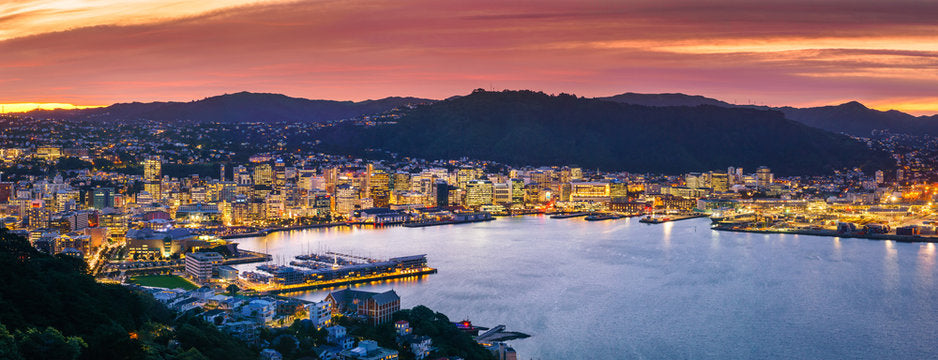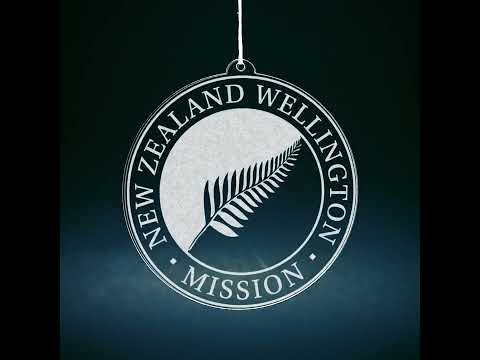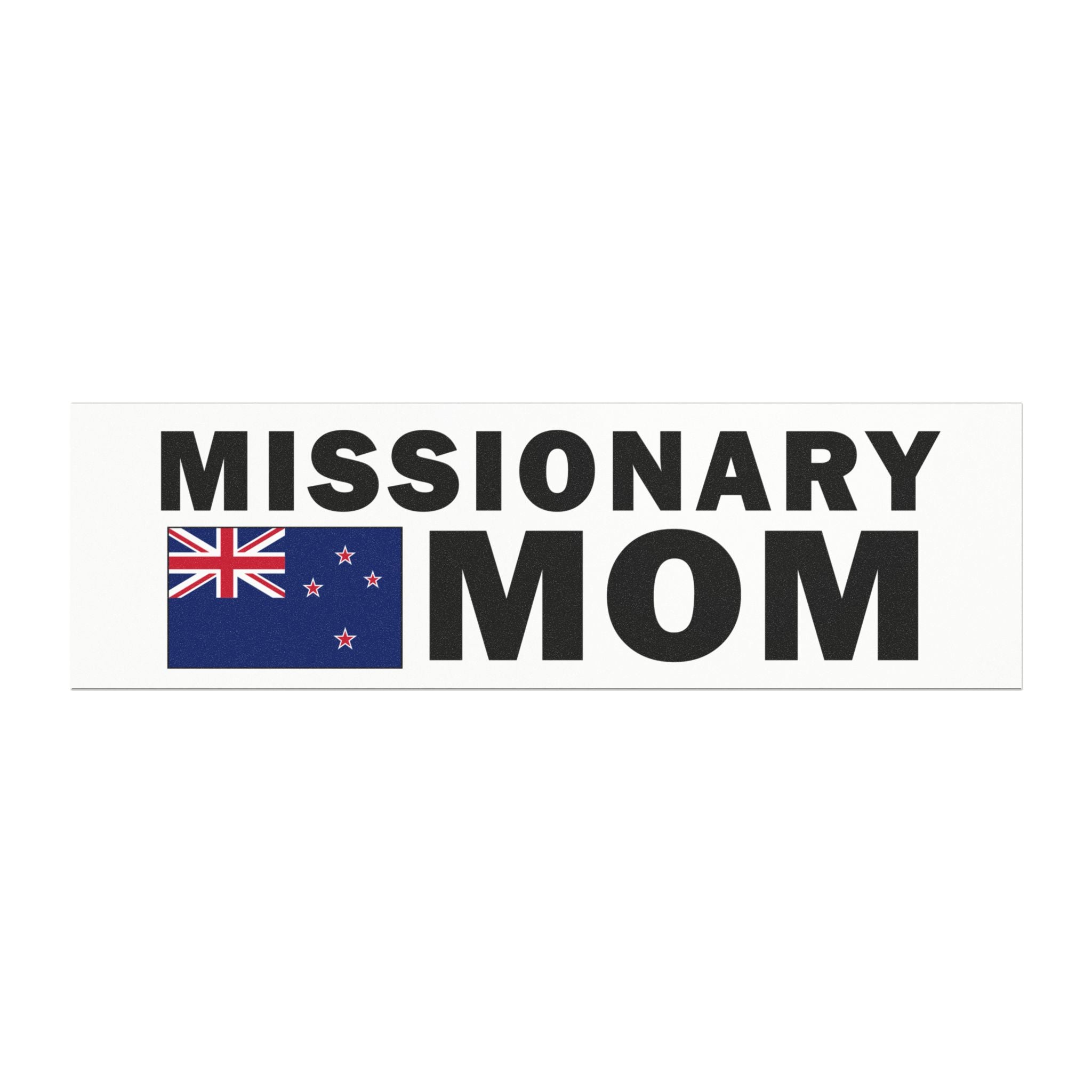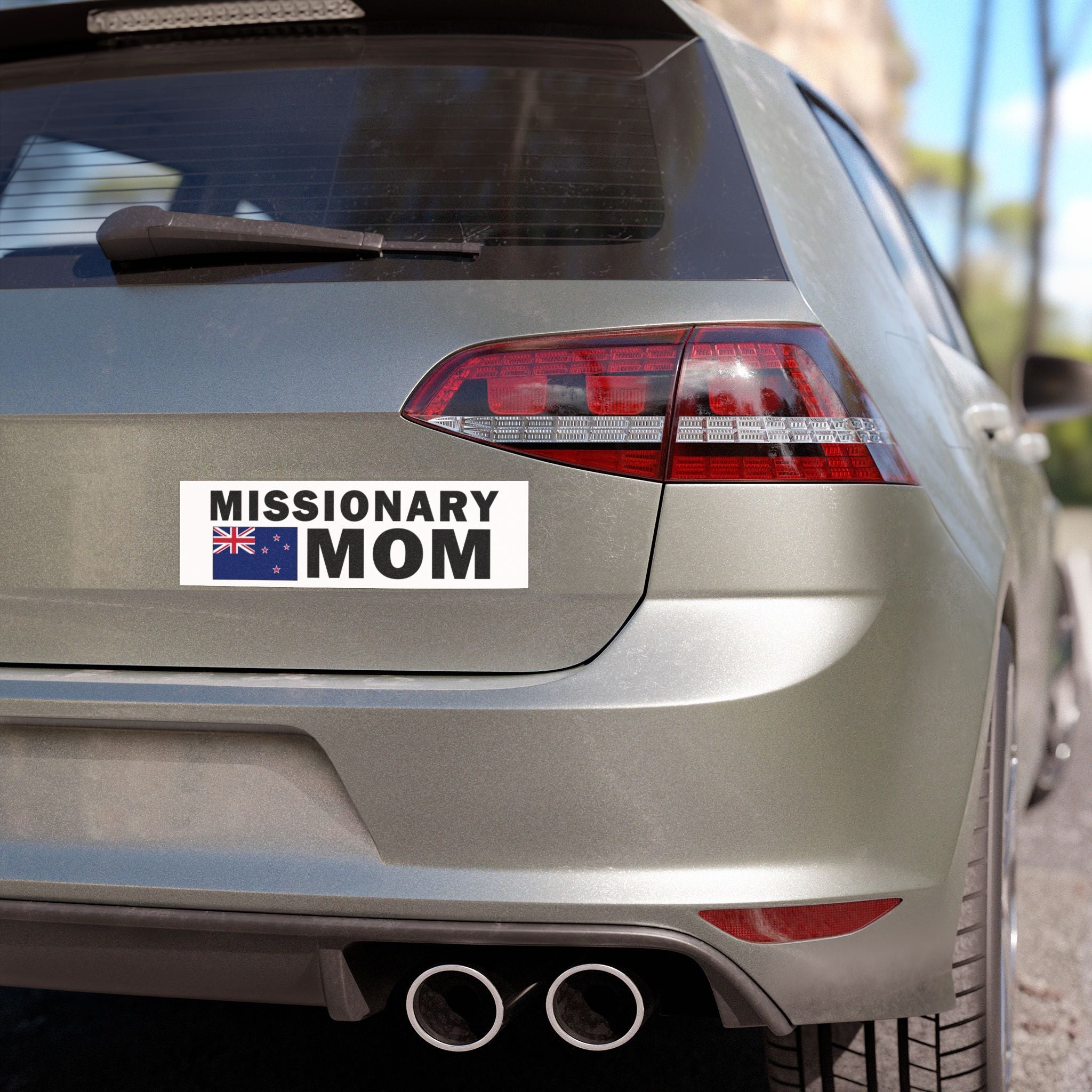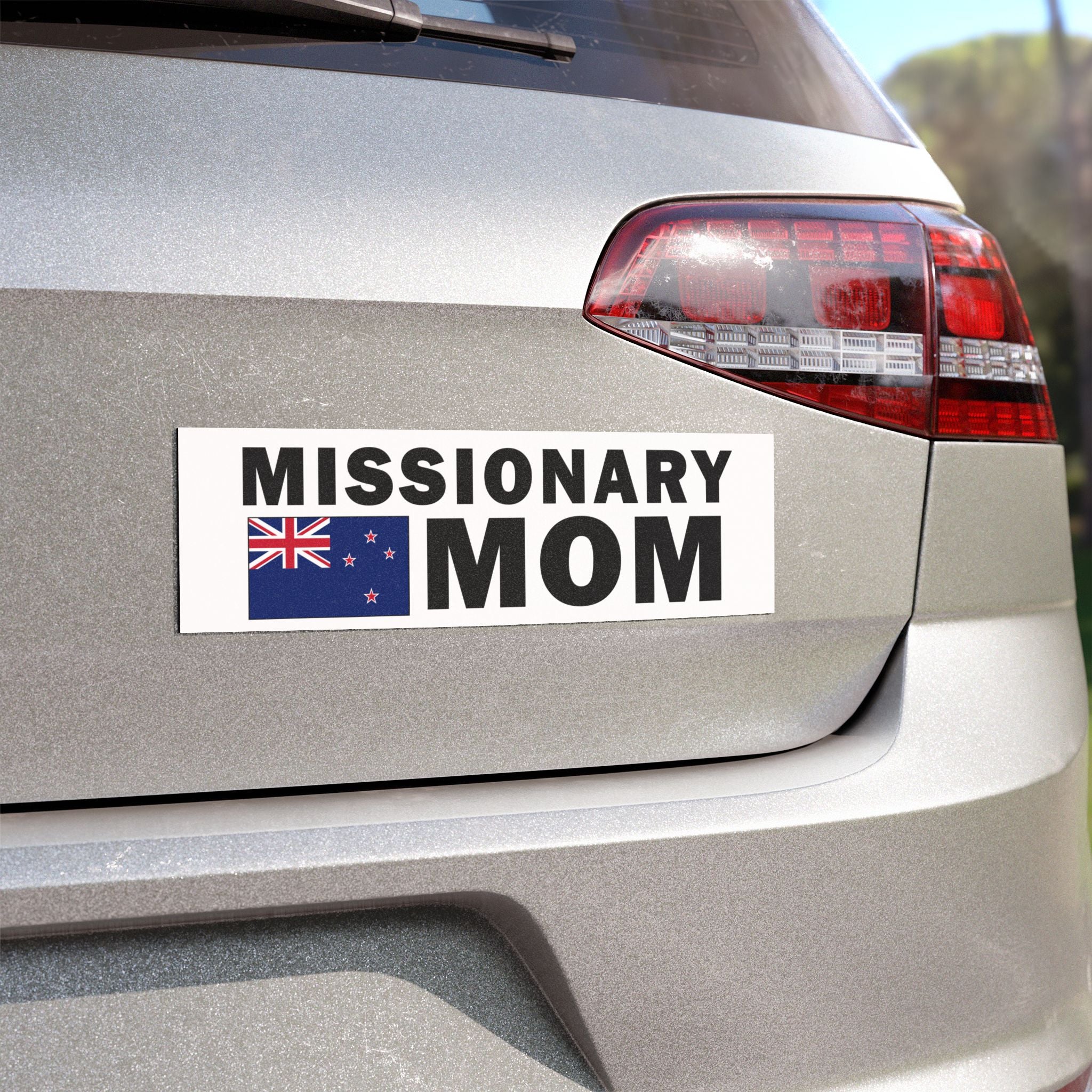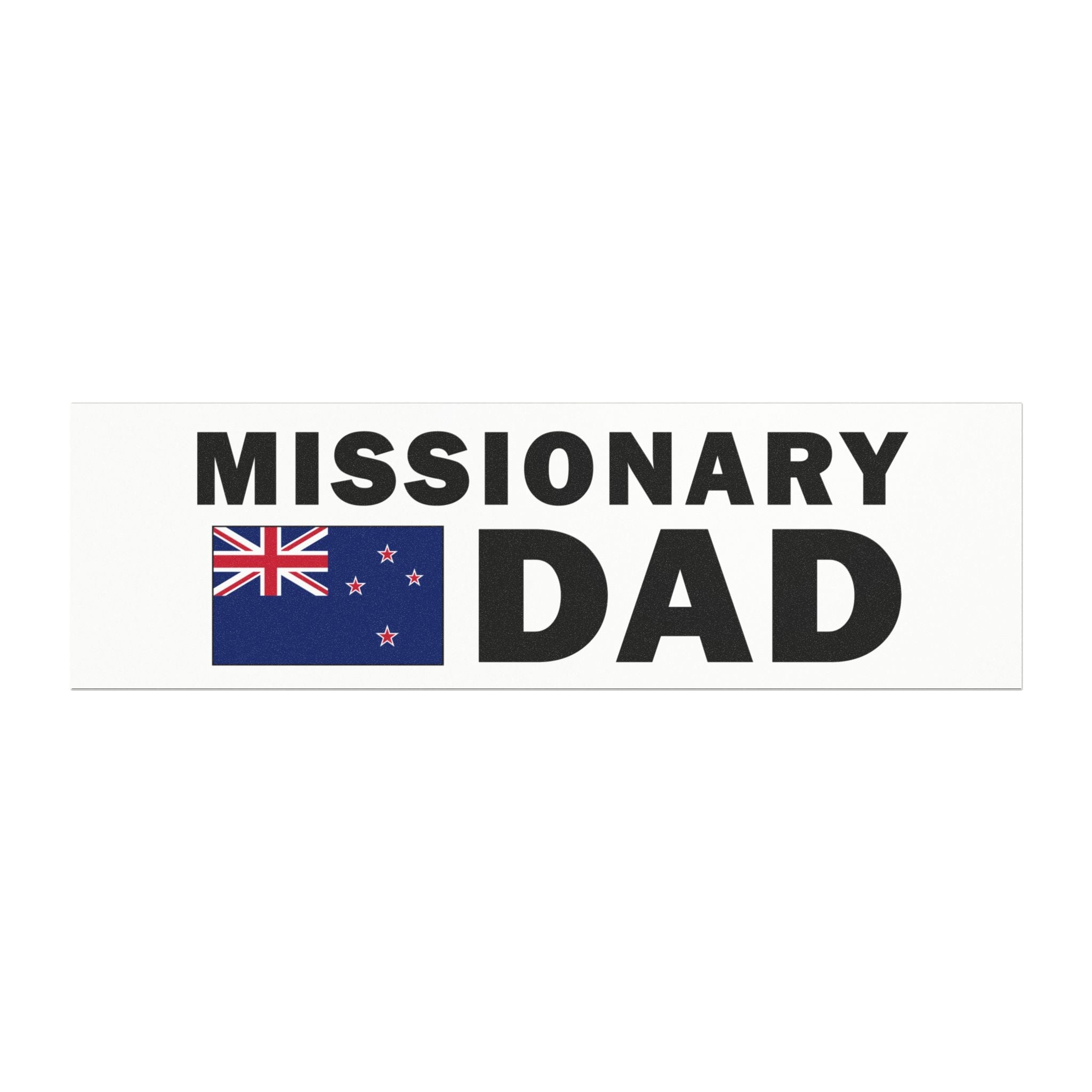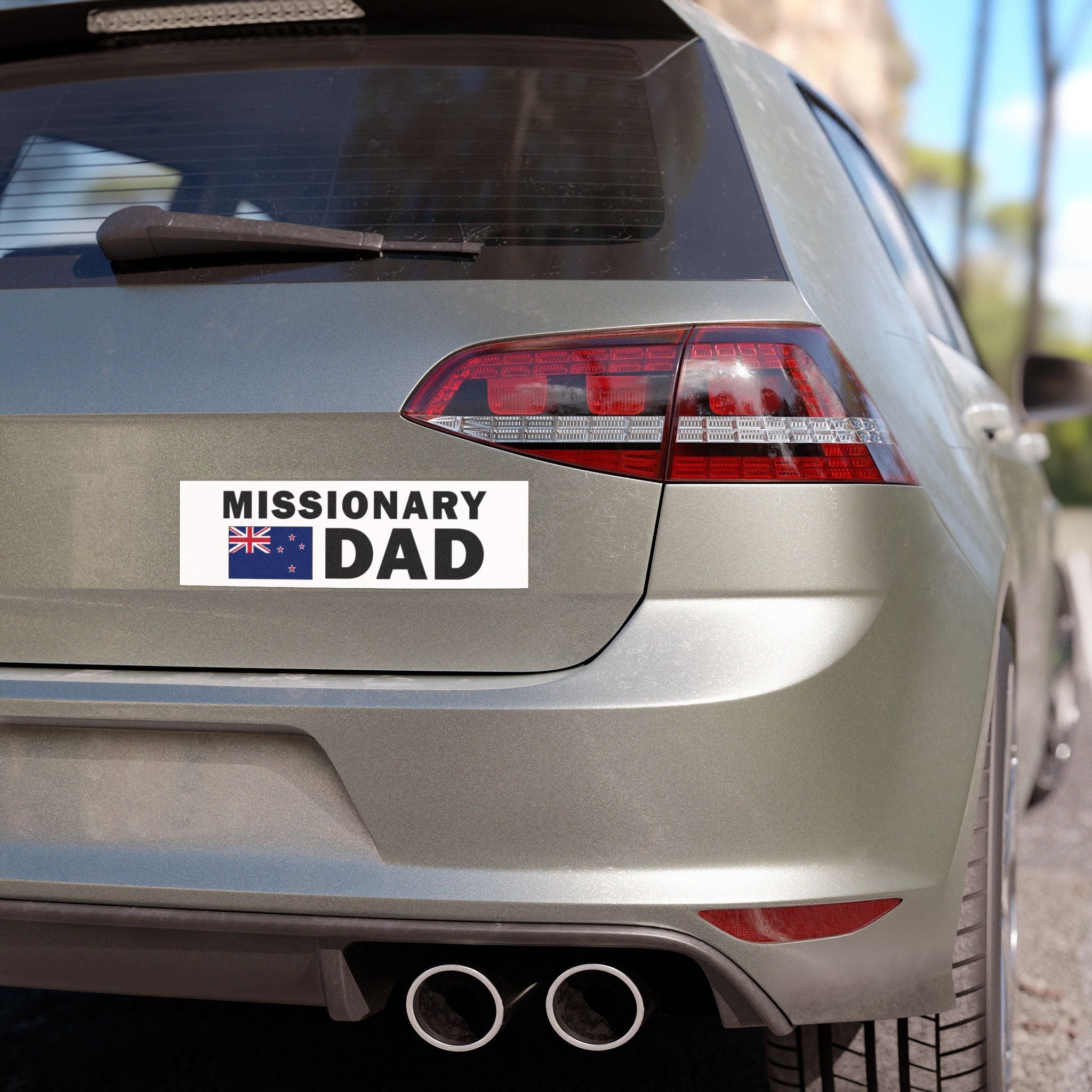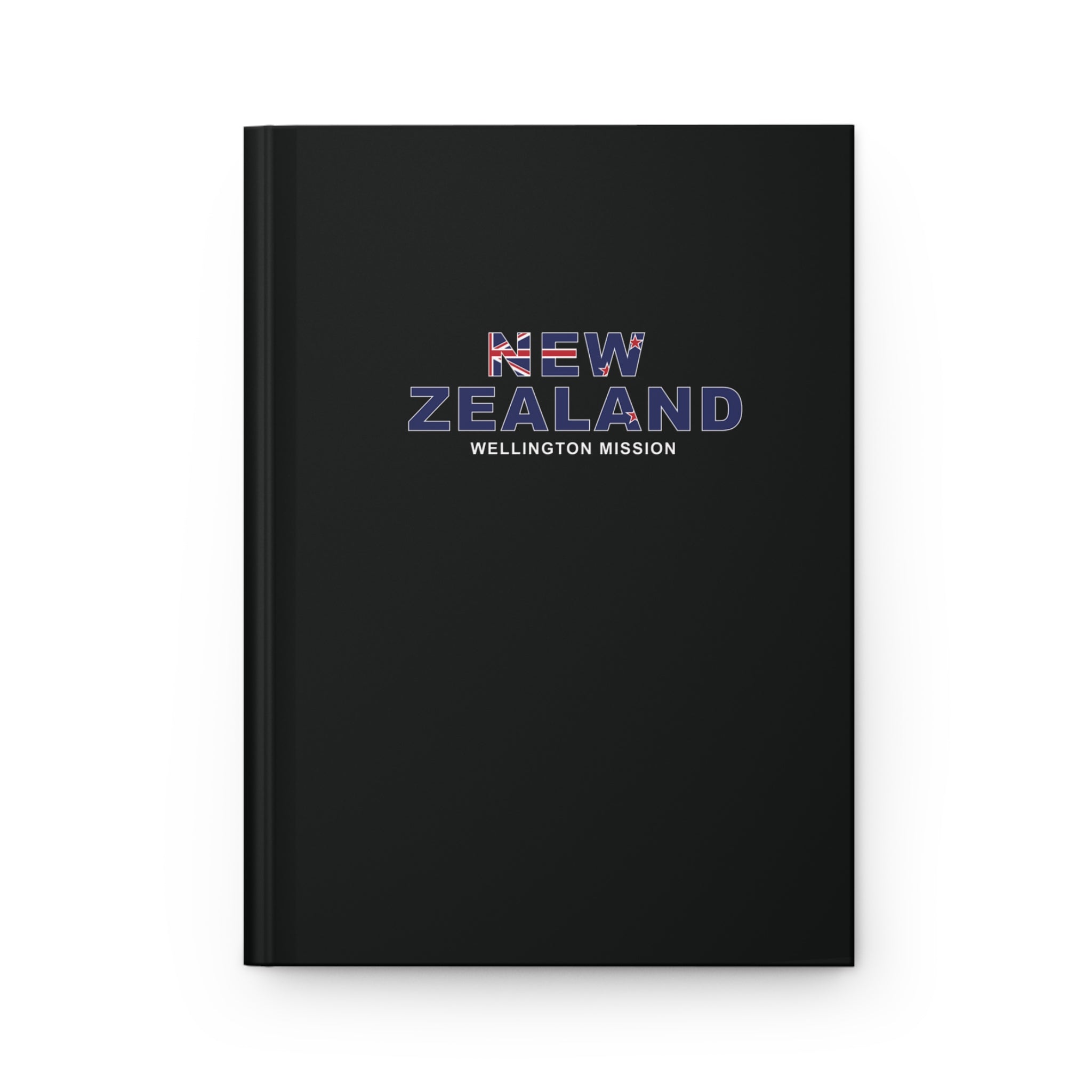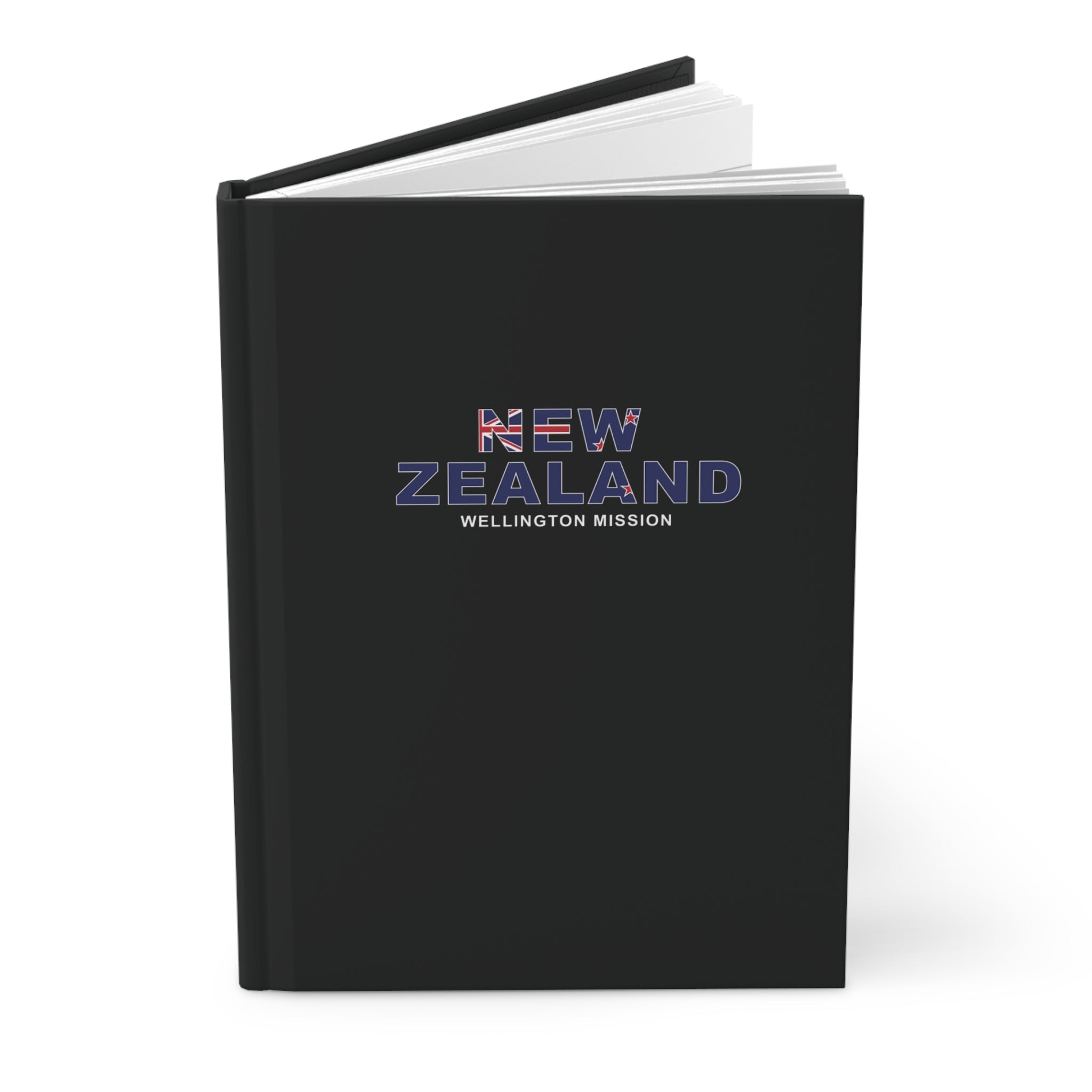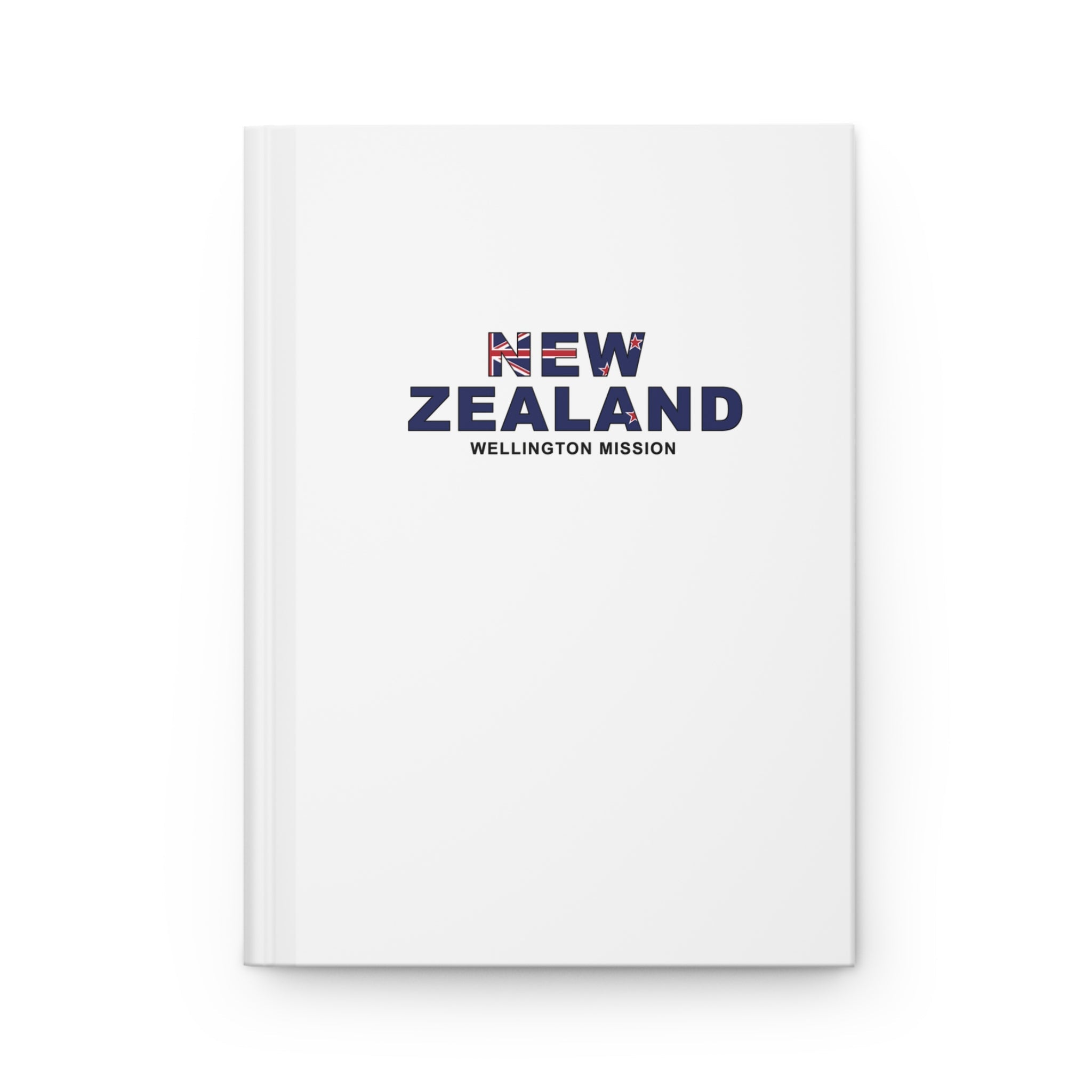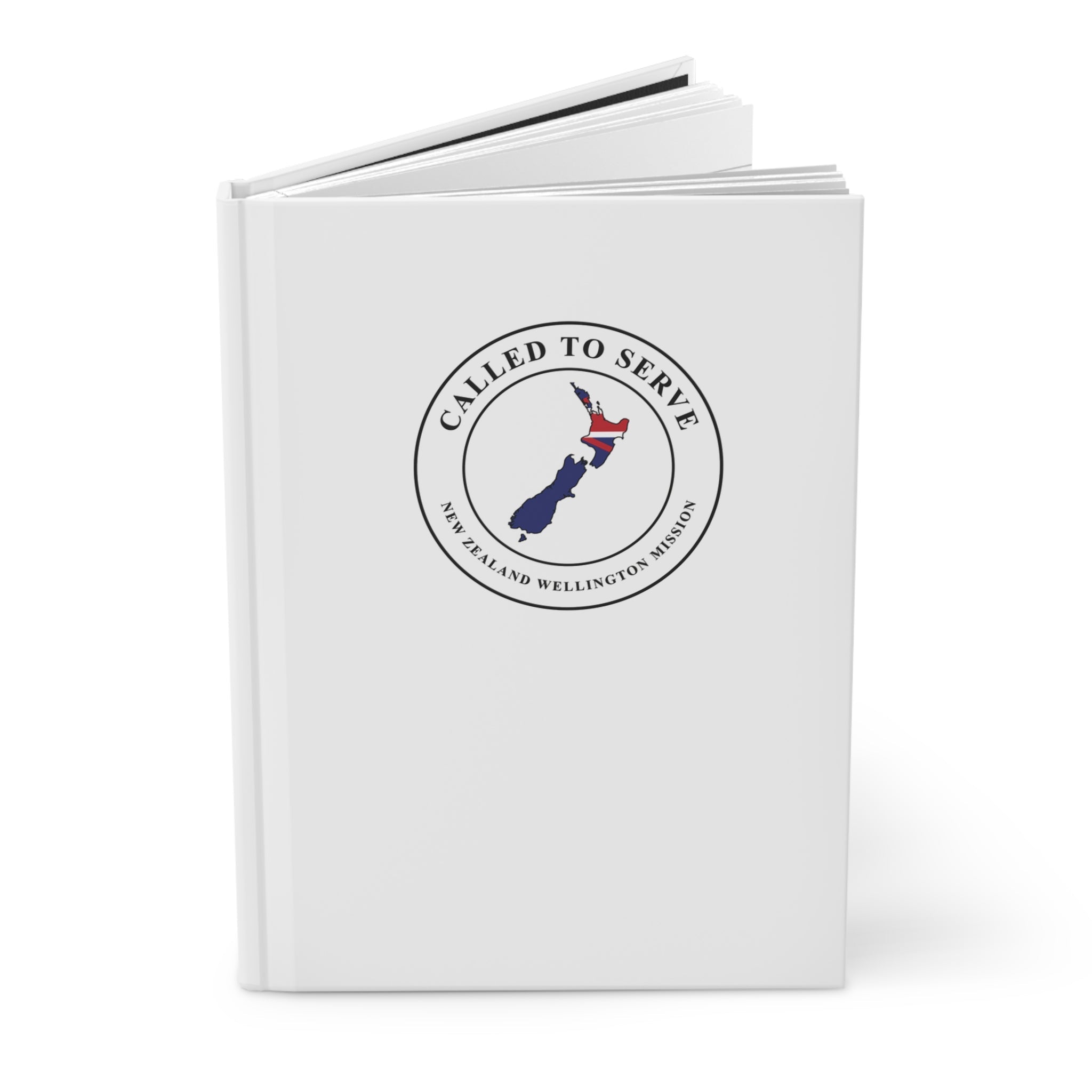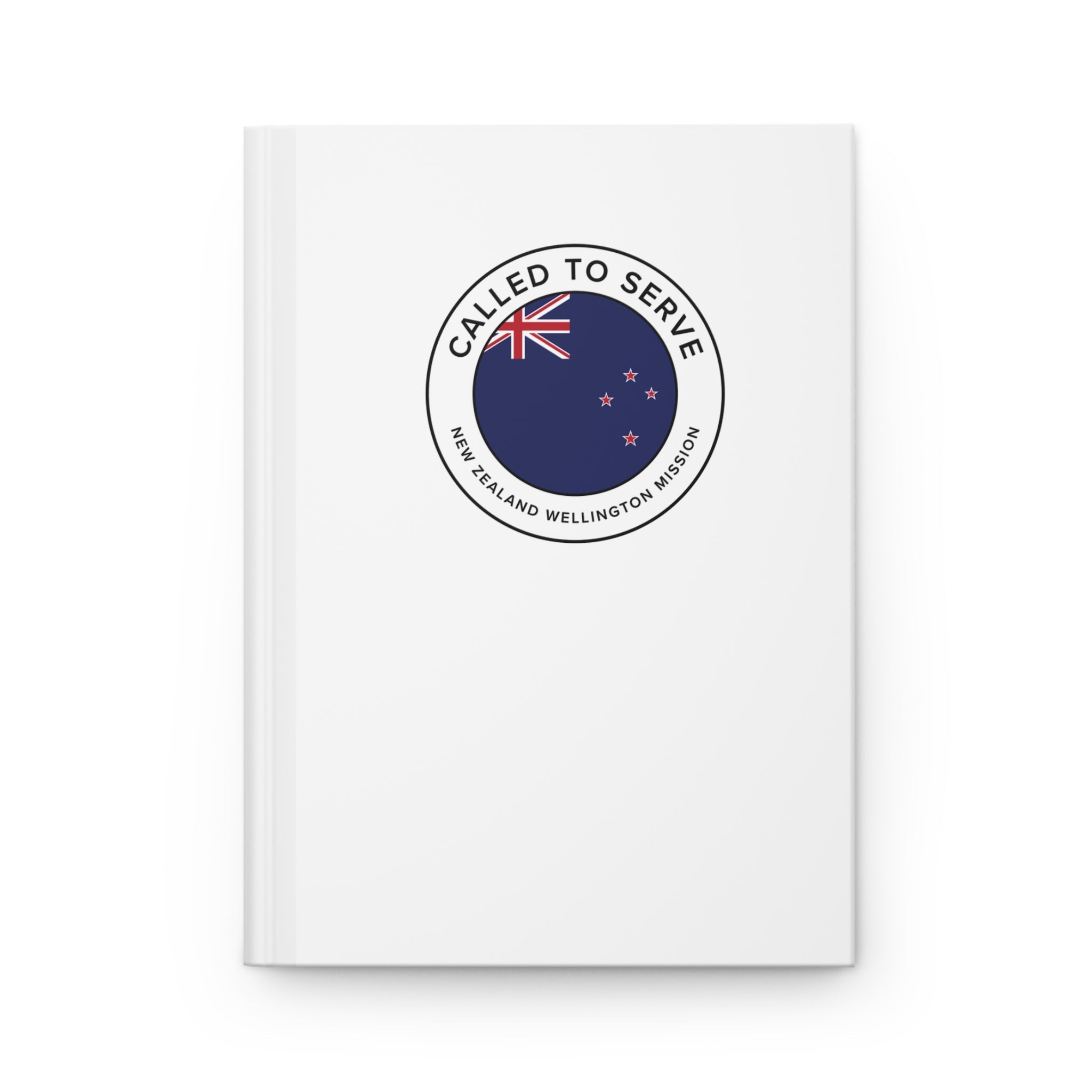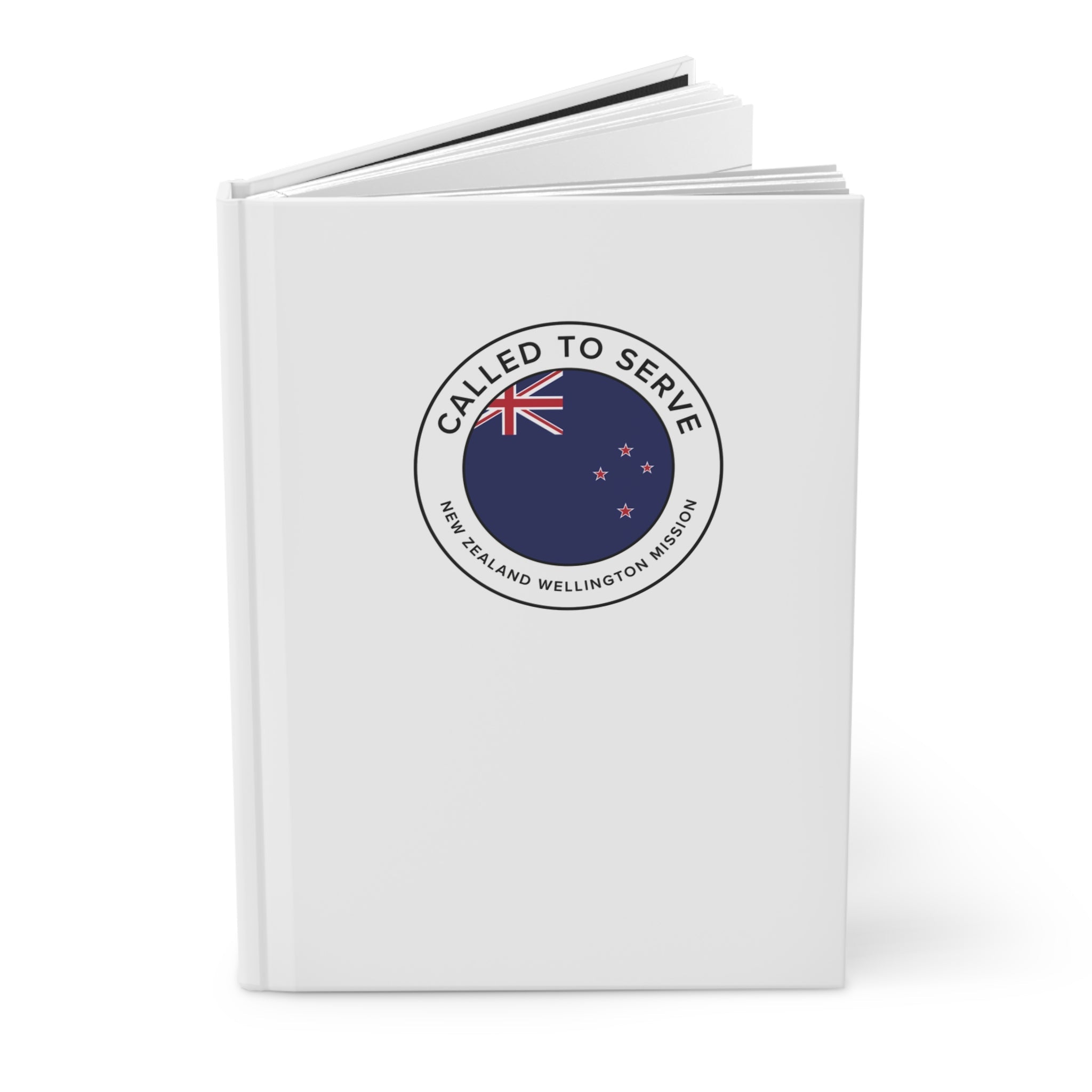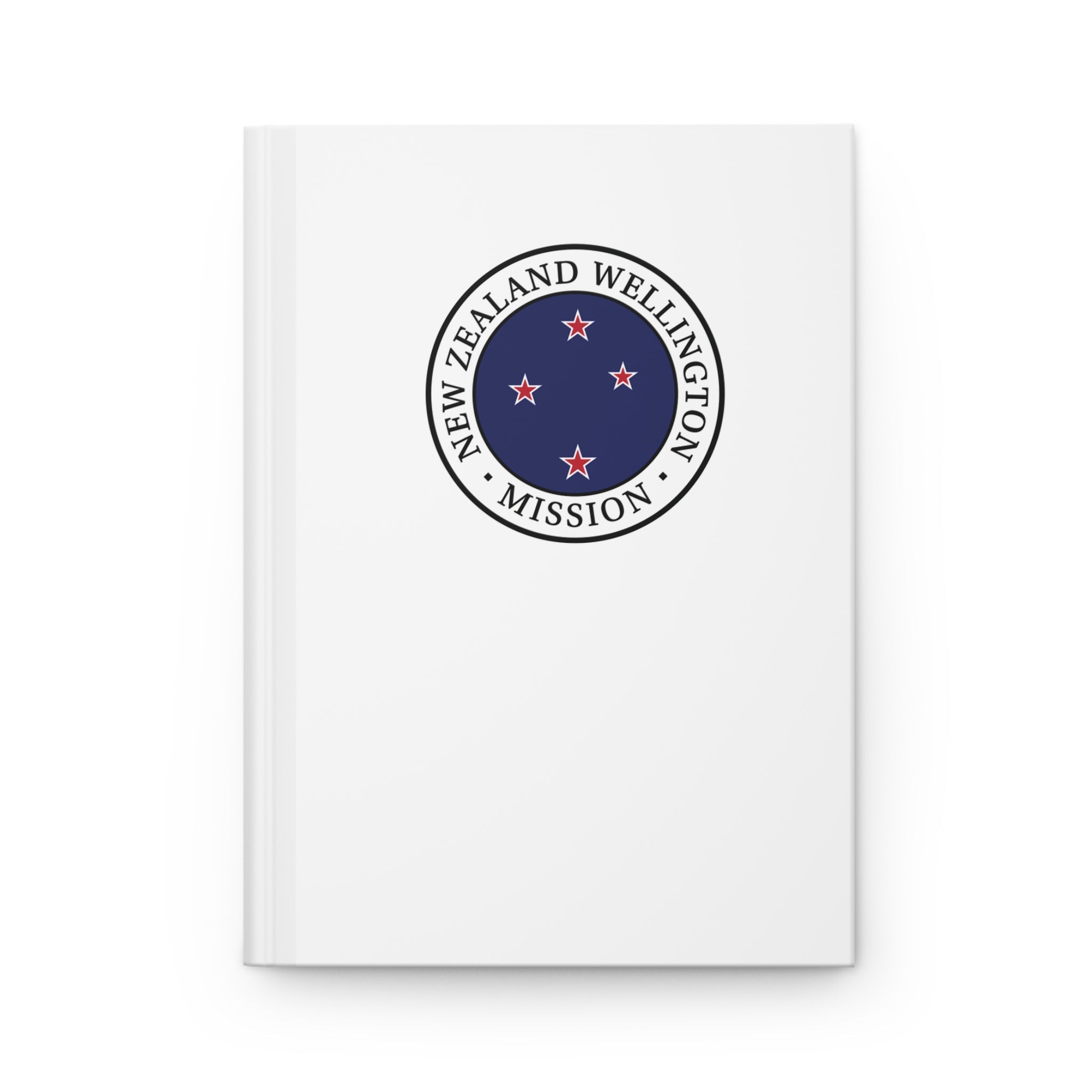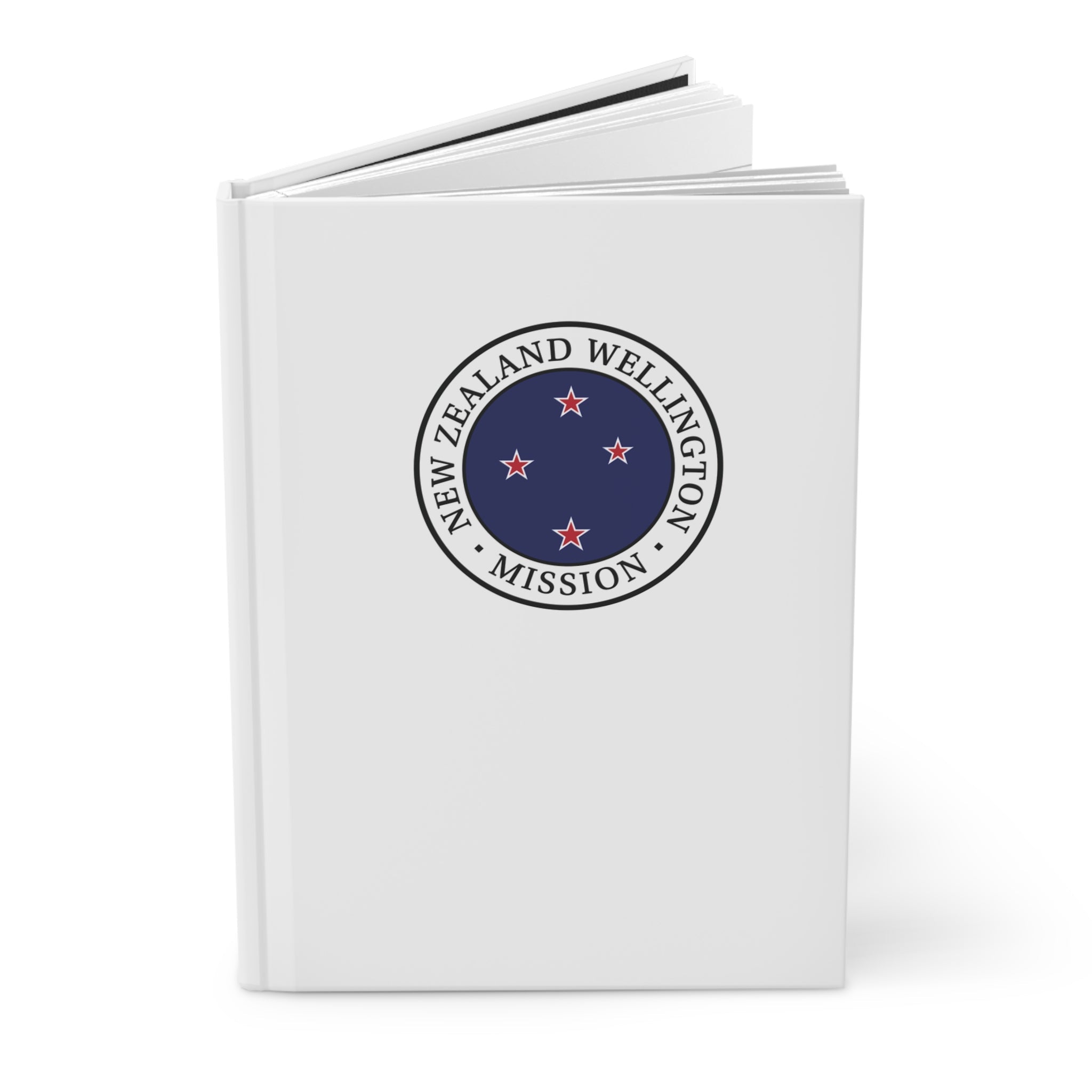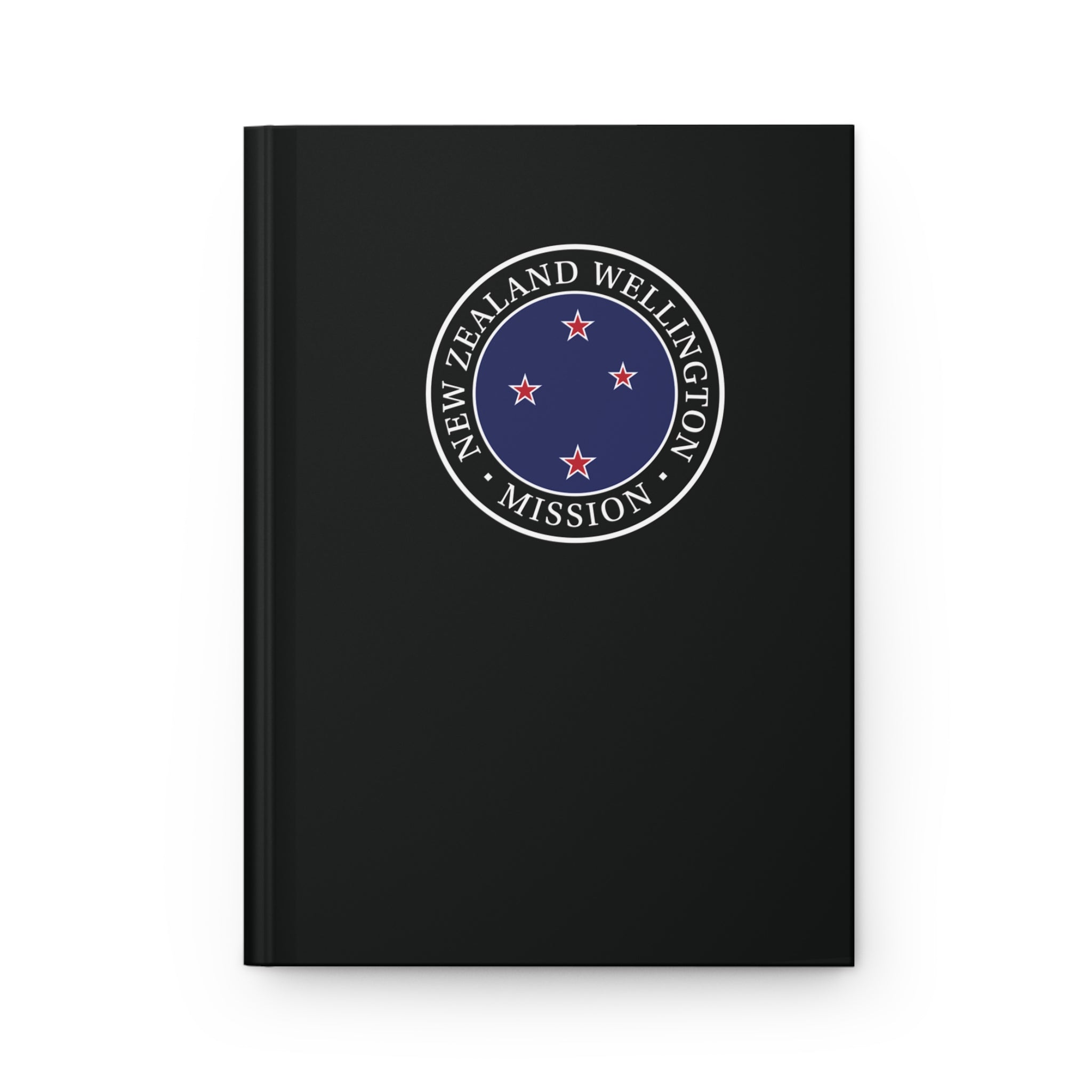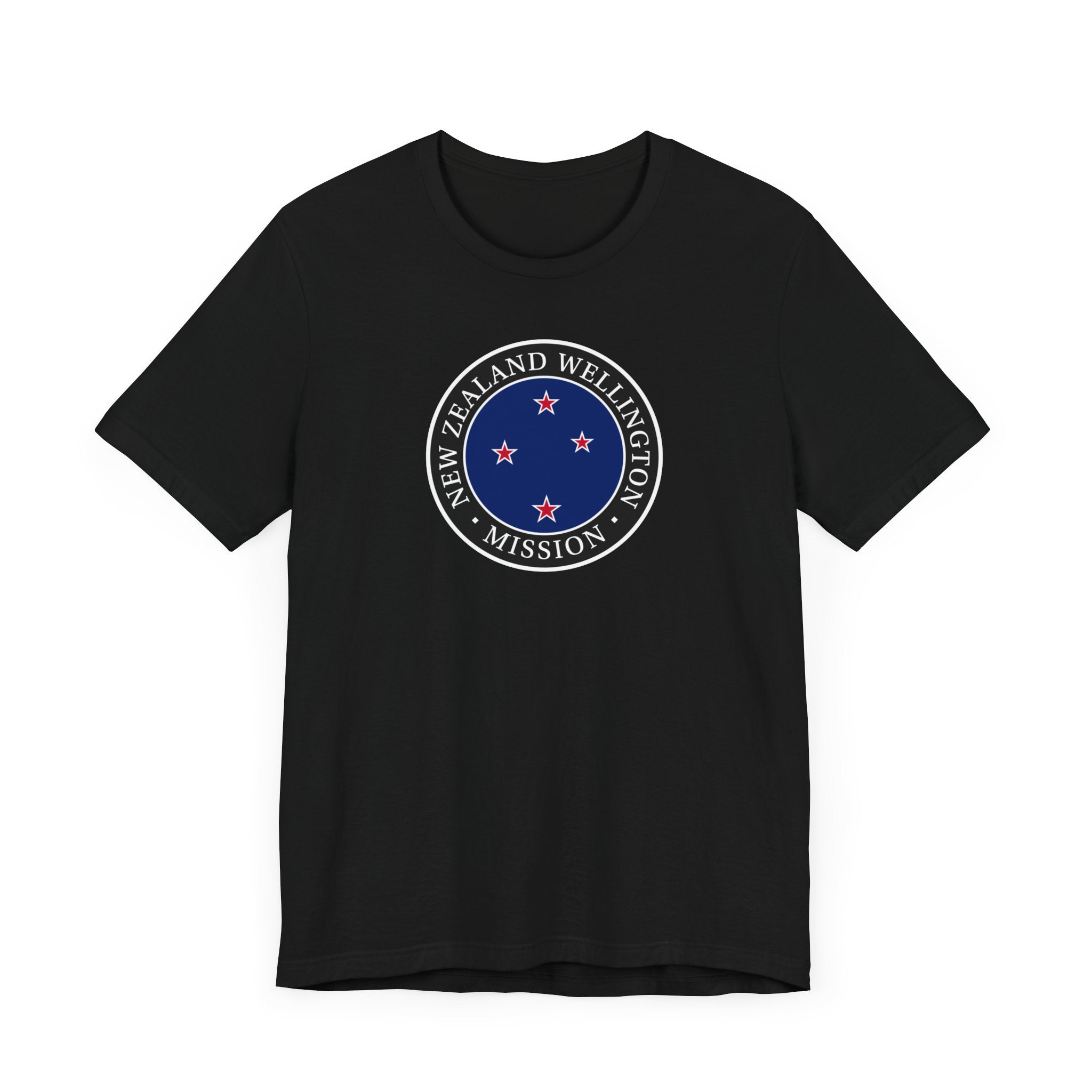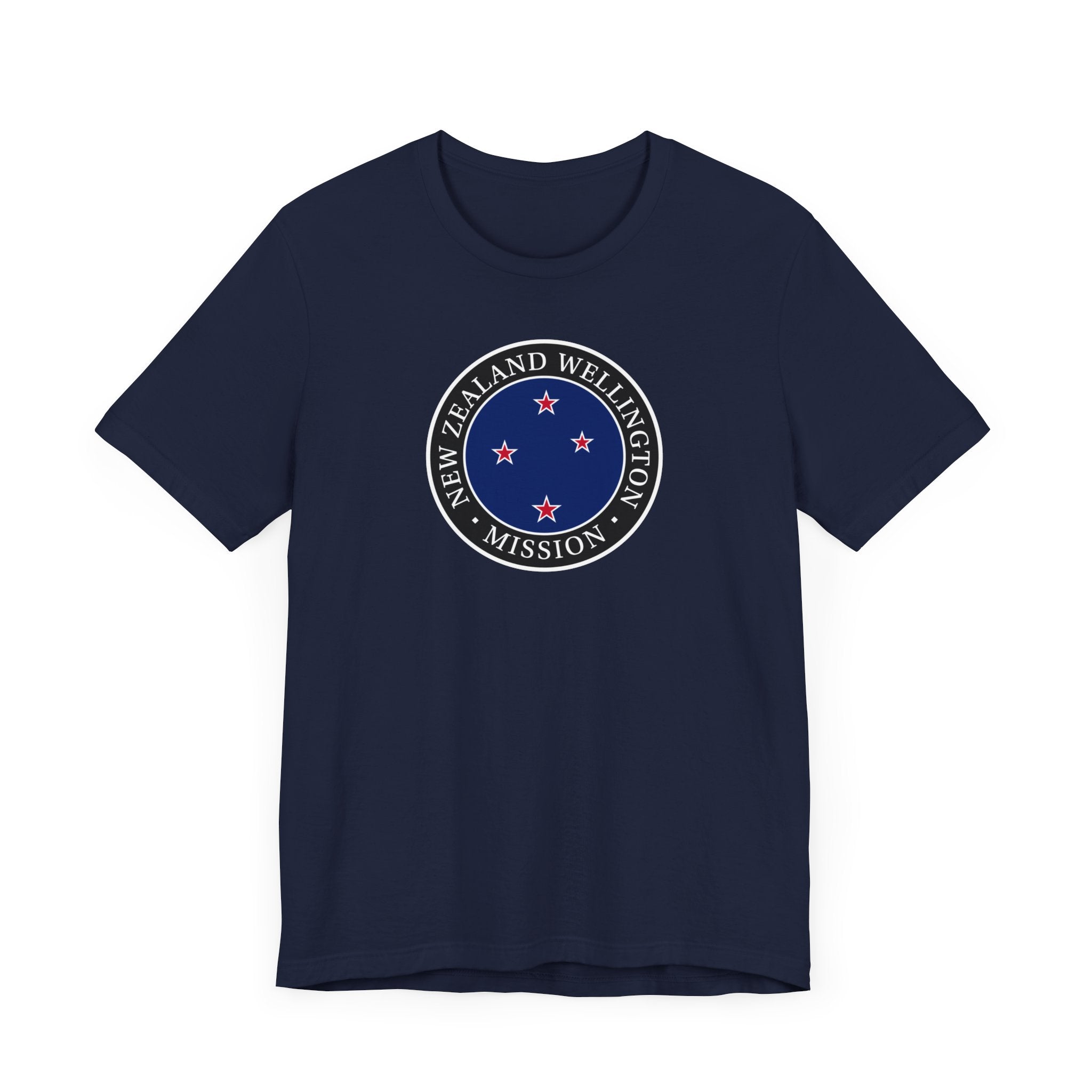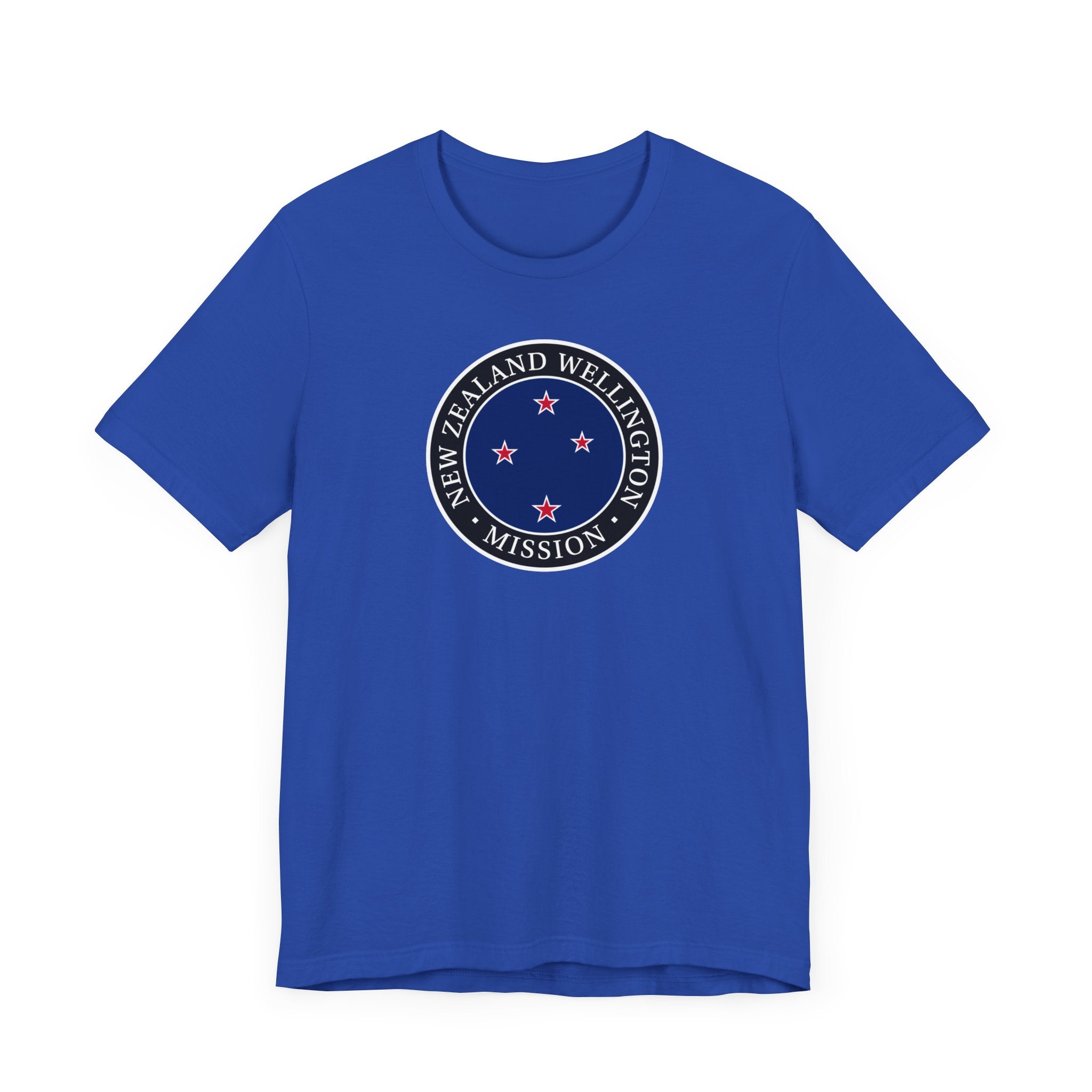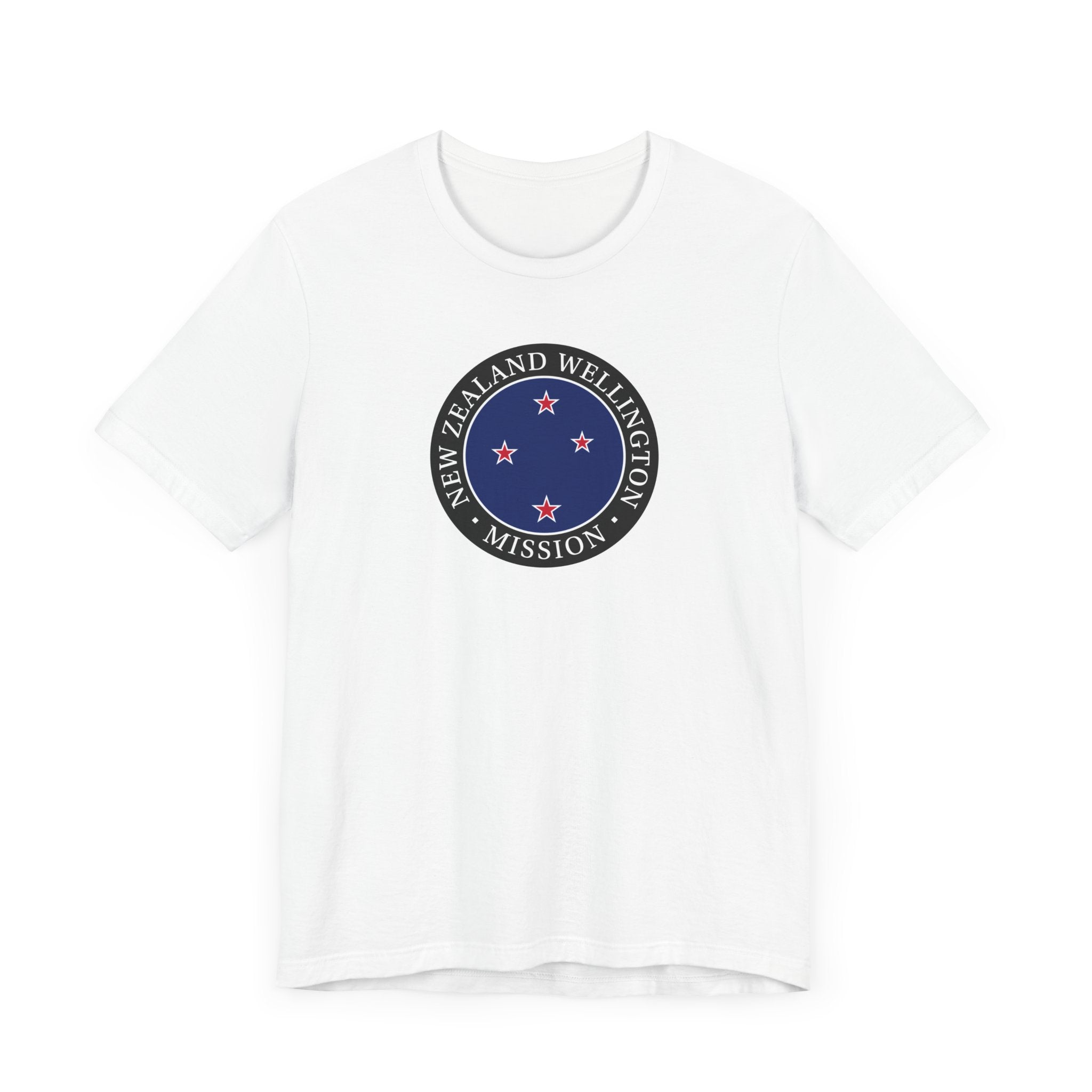In 1854 Martha Holder of Karori became the first person baptized in New Zealand. Her son Thomas, who had previously been converted during Australia’s gold rush, was among New Zealand’s first missionaries. Early branches were established in Karori, near Wellington on the North Island, and Kaiapoi, near Christchurch on the South Island, but large congregations did not develop until the 1880s. At that point, many Māori recognized Latter-day Saint missionaries’ efforts as the fulfillment of earlier prophecies by Māori prophets, and they embraced the restored gospel. The Book of Mormon was first published in Māori in 1889. For much of the next century, the Church in New Zealand owed much of its growth to faithful Māori converts.
Around the turn of the 20th century, the Church worked to provide greater educational opportunities for members, first building the Maori Agricultural College and later the Church College of New Zealand. In the 1950s, many members were called as labor missionaries to help construct educational and religious buildings, including a temple in Hamilton, which was dedicated in 1958. That same year, the Auckland Stake was organized, the first in New Zealand.
With the dedication of the Hamilton Temple in 1958, New Zealand became the place to which many Saints from the South Pacific gathered to worship in a house of the Lord (see Isaiah 2:2–3). Additionally, the opening of a missionary training center in New Zealand in 1977 attested to the maturity and growth of the Church in New Zealand and the Pacific. As members and missionaries worked to share the gospel, the Church grew. In 2016, the 30th stake in New Zealand was established in Dunedin, and in 2018 a second temple was announced to be built in Auckland.
